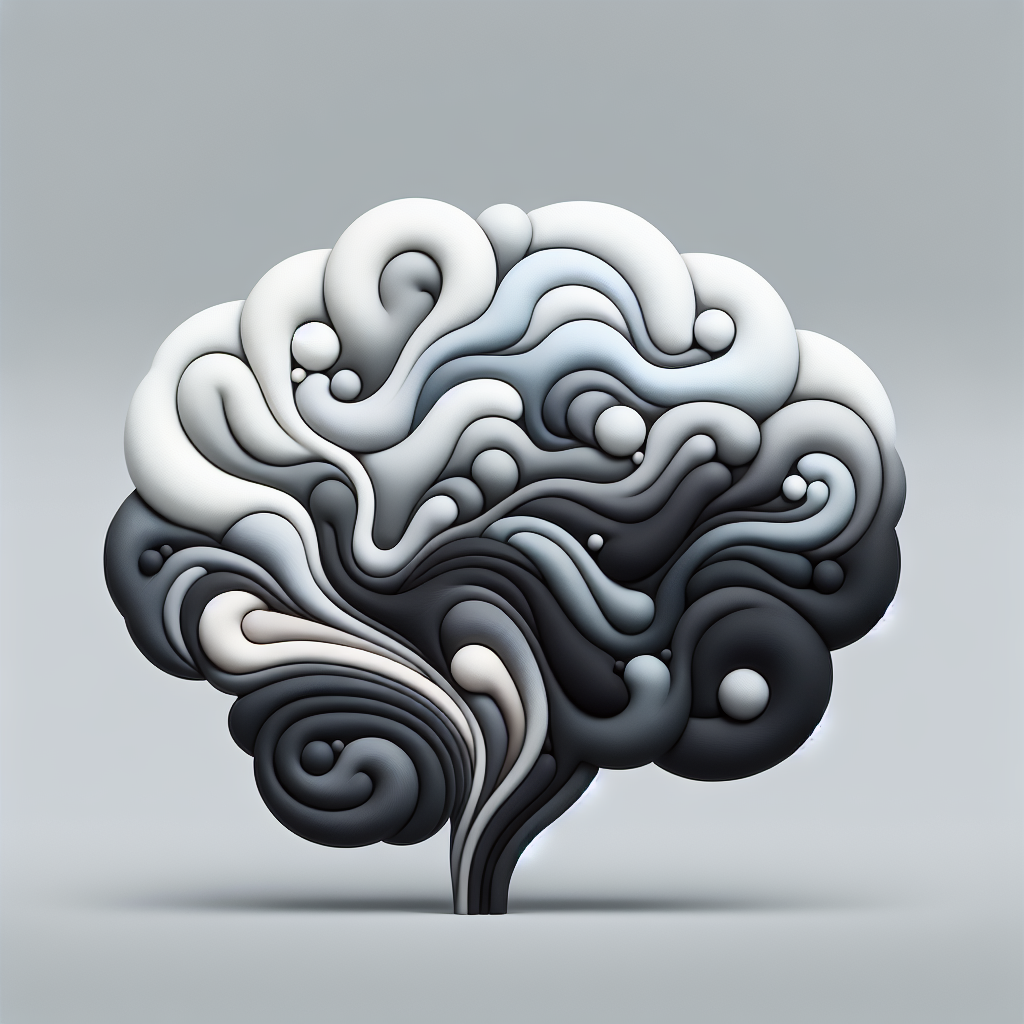Your cart is currently empty!
The Power of Gray: Understanding the Psychology Behind Neutral Colors

Neutral colors, such as gray, are often overlooked in the world of color psychology. While bold and bright colors like red and yellow tend to grab our attention and evoke strong emotions, neutral colors can have a subtle yet powerful impact on our psychology and mood.
Gray, in particular, is a versatile and sophisticated color that is often associated with feelings of calmness, balance, and neutrality. It is commonly used in interior design to create a sense of elegance and sophistication, as well as in fashion to convey a sense of professionalism and timelessness.
One of the key reasons why gray is so powerful is its ability to adapt to its surroundings. It can act as a backdrop, allowing other colors to shine, or it can stand on its own as a statement color. This adaptability is what makes gray such a popular choice for both designers and consumers.
In terms of psychology, gray is often seen as a symbol of stability and reliability. It is a color that is associated with logic, reason, and practicality. People who are drawn to gray are often seen as composed, responsible, and level-headed. It is a color that is often chosen by those who want to convey a sense of authority and professionalism.
On the flip side, gray can also be seen as a color that lacks emotion and warmth. Too much gray in a space can create a sense of coldness and detachment. It is important to balance gray with other colors to create a harmonious and inviting atmosphere.
In conclusion, the power of gray lies in its versatility and ability to evoke a wide range of emotions and associations. Whether you are looking to create a calming and sophisticated space or convey a sense of stability and reliability, gray is a color that can help you achieve your desired effect. Understanding the psychology behind neutral colors like gray can help you make informed decisions when it comes to design and aesthetics.

Leave a Reply